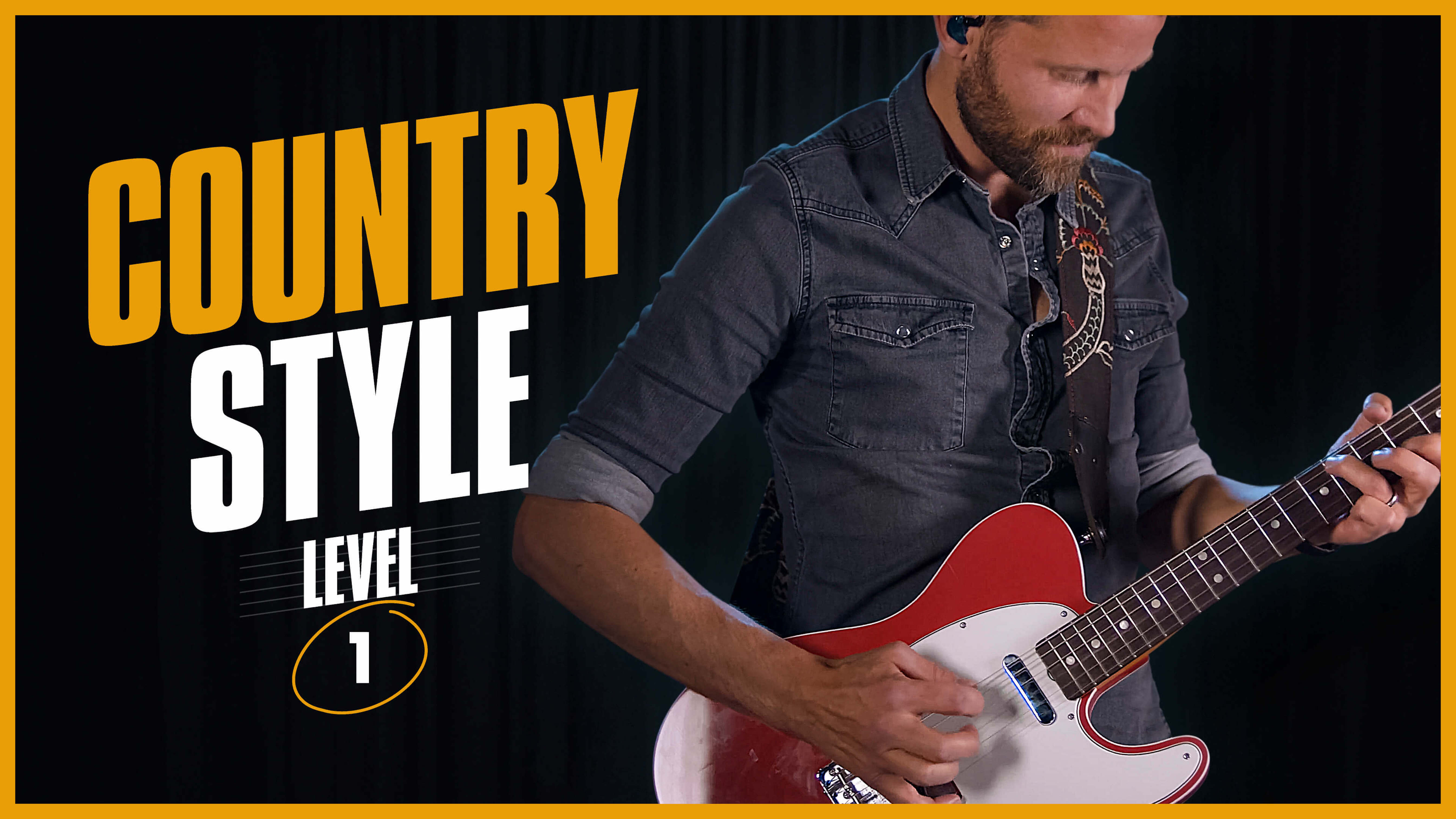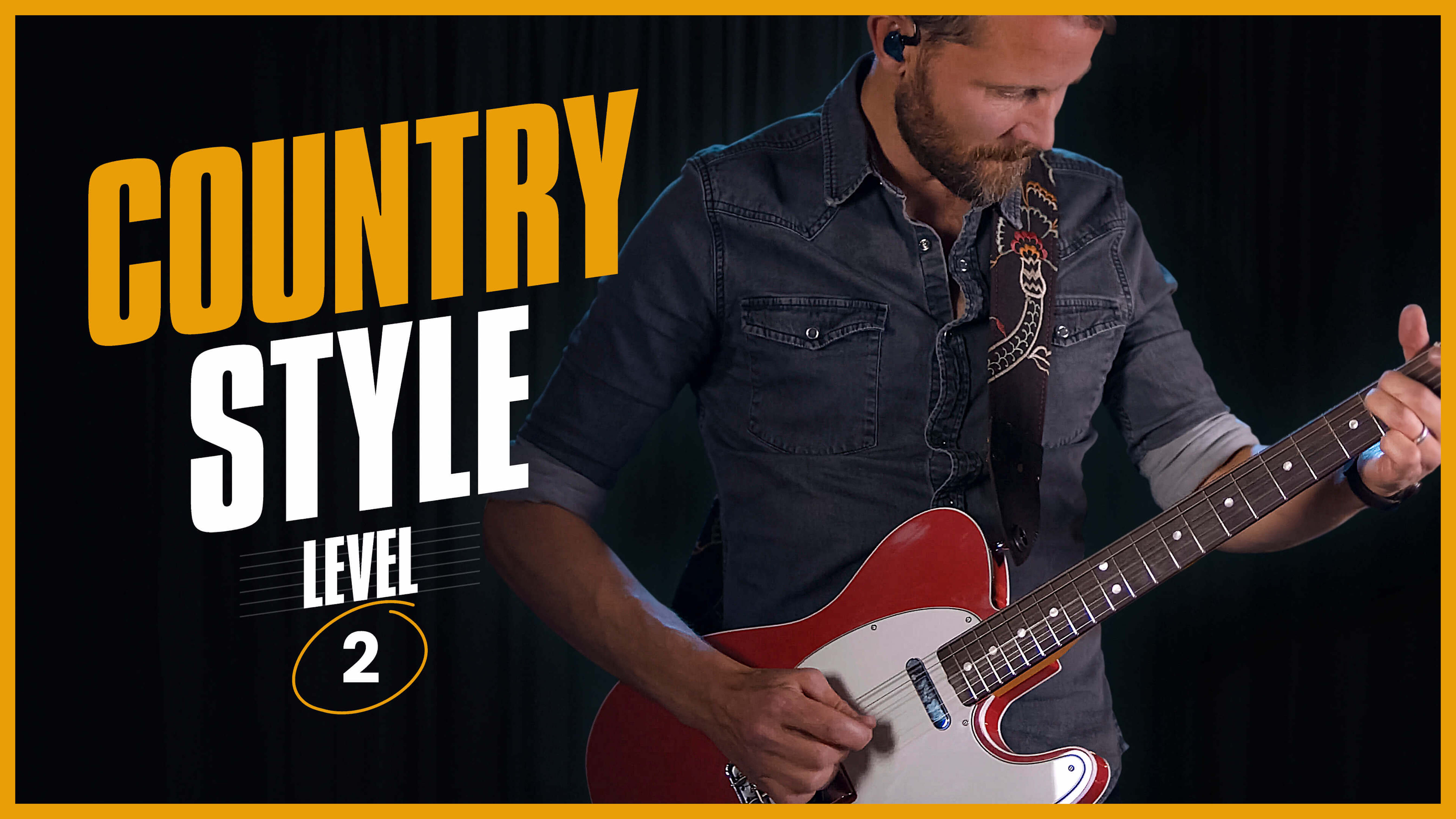Country
Country guitar celebrates the beauty of simplicity. Since Country songs are fairly basic, this is the perfect genre to learn how to play guitar with. The beauty is, there’s no limit to how advanced and sophisticated you can get with Country guitar lessons.
If you’d like more of a step-by-step approach, take a look at the guitar courses Country Course 1 and Country Course 2. These courses are designed to take a guitar player from beginner level to advanced in the Country genre. If you need an overview of Country guitar basics, this would be a great path for you.
Need Extra Help with your playing?

Book A Private Lesson
Schedule a 30 or 60 minute lesson with a coach who can offer advice and guidance to improve your playing.

Request A Custom Lesson Plan
Whether you’re just starting to play or returning from a long break, a guided practice plan can get you to where you want to be sooner.

